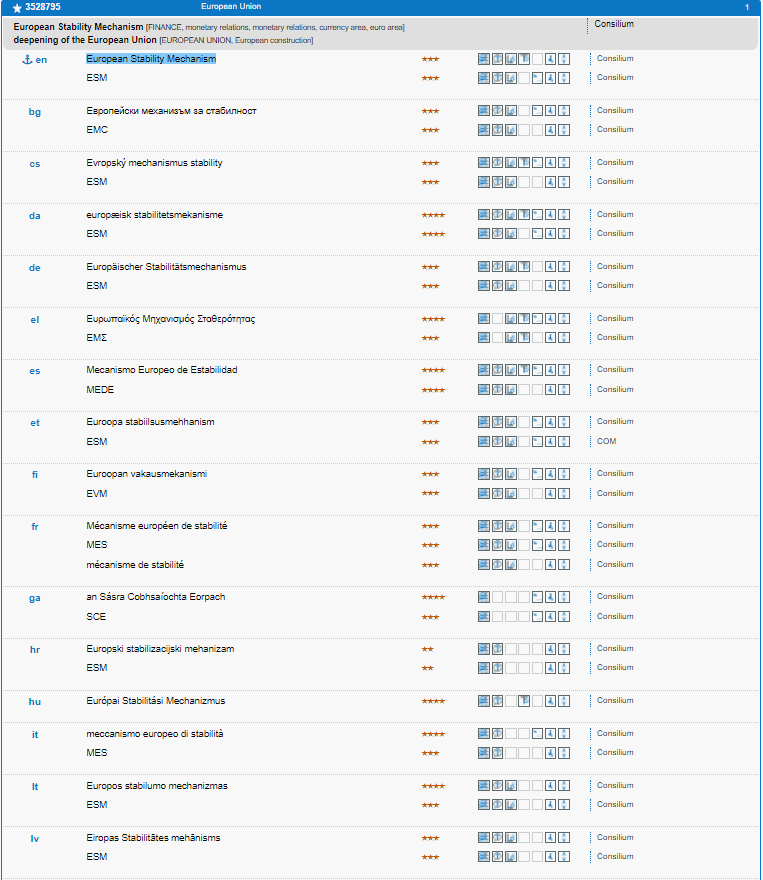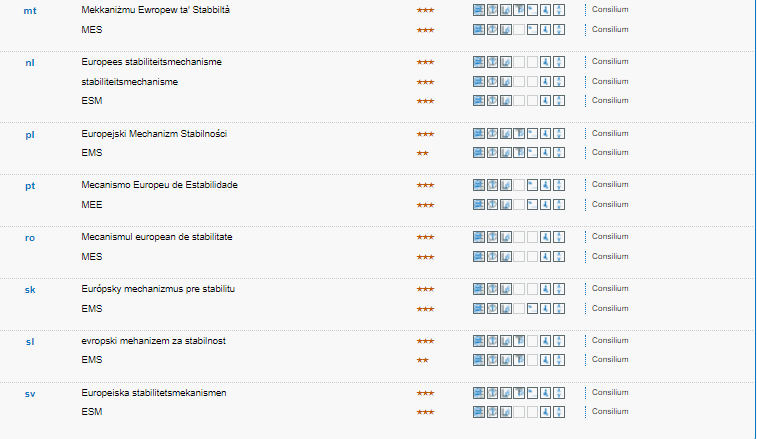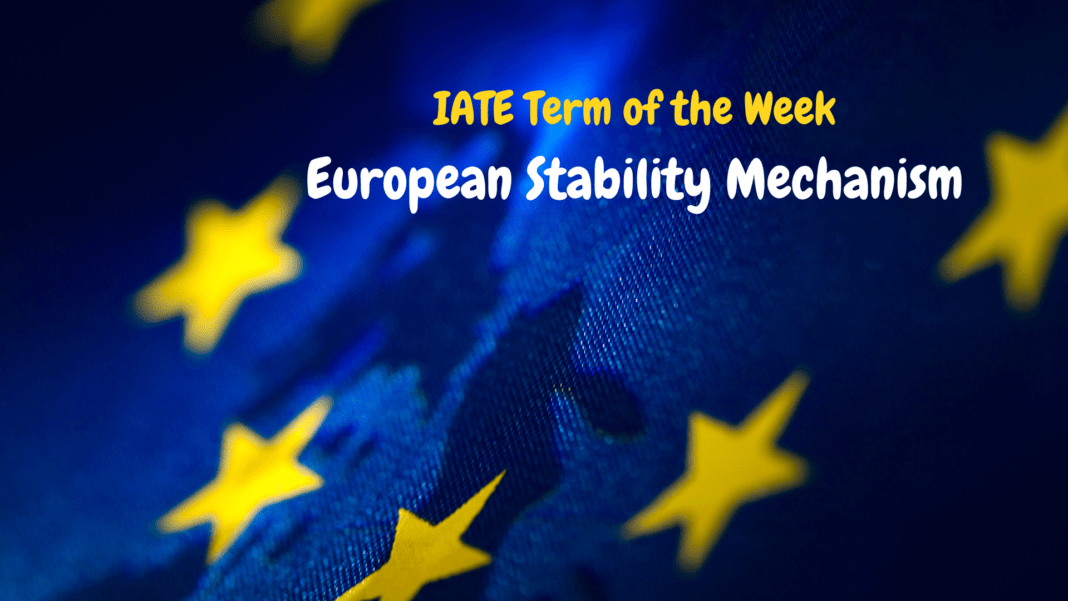

The European Stability Mechanism, or ESM, is an intergovernmental organisation created in 2012 and based in Luxembourg. Launched in the continuity of the European Financial Stability (EFSF), a temporary programme created in 2010, this project provides loans and financial assistance to all of the member states of the European Union. The key words of this initiative are prudence, prevention and equality to make sure that every major financial issue in the European Union can be solved efficiently and in the long-term.
In this sense, it helps the governments to avoid major financial crisis and thus major financial issues, at thenNational and European level. The ESM and the EFSF played a key role during the Global Financial Crisis in 2008 by loaning 295 billion of euros to countries, such as Ireland, Portugal, Greece, Spain or Cyprus.
This “lender of last resort” is a tool implemented to increase financial stability in the European Union and to avoid any major financial issue like the one we experienced in 2008. The Great Recession tremendously affected the European economies and led to the collapse of various financial systems all over the world. It also proved the inefficiency of some European measures, previously implemented but not fully respected and not created on time. The European strategy for building financial stability in the euro zone got reinforced and new measures and procedures have been initiated in order to strengthen the economy mechanisms and policies. The financing is possible thanks to the sales of bonds to investors.
The first loan granted through the European Stability Mechanism was the one for Spain, in December 2012. The country received 41.3 billion of euros and the final repayment is set for 2027. The second loan was granted to Cyprus with an amount of around 9 billion of euros. In other cases, there is a possibility for the countries to ask a direct loan for their respective governments or to ask for a full payment of their national debt, through financial markets before being able to be independent once again.
The financial stability can only be achieved if the measures taken are coherent and if mechanisms are efficient. This is the reason why the European Institutions established a permanent crisis management in order to be prepared to all financial eventualities. Strict policies and conditions are in place and the loans granted are only a way to “buy time” and to provide help to the countries that need to implement specific measures before paying their debts.
The maximum budget is set to 500 billion of euros in which Germany participates up to 27%, France up to 20% and Italy up to 18%.
In 2020, as a response to the global pandemic of Covid-19, the Pandemic Crisis Support was created by the Eurogroup (collective of the finance ministers from all of the euro zone countries). Safety nets have been implemented and the budget for this exceptional project has been set to 540 billion of euros. The implementation of this project was launched on 15 May 2020.
References:
BBC News. 2022. What is the European Stability Mechanism? – BBC News. [ONLINE] Available at: https://www.bbc.com/news/business-19870747. [Accessed 28 July 2022].
Economy and Finance. 2022. European Stability Mechanism (ESM). [ONLINE] Available at: https://economy-finance.ec.europa.eu/eu-financial-assistance/euro-area-countries/european-stability-mechanism-esm_en. [Accessed 28 July 2022].
European Stability Mechanism. 2022. Who we are | European Stability Mechanism. [ONLINE] Available at: https://www.esm.europa.eu/about-us#headline-who_we_are. [Accessed 28 July 2022].
www.ecb.europa.eu. 2022. No page title. [ONLINE] Available at: https://www.ecb.europa.eu/pub/pdf/other/art2_mb201107en_pp71-84en.pdf. [Accessed 28 July 2022].

Written by Cécile Mayeres
She holds a Master’s degree in Translation and Cross-Cultural Communication with a specialization in European mobility. She now does a traineeship in Communication at the Terminology Coordination Unit

